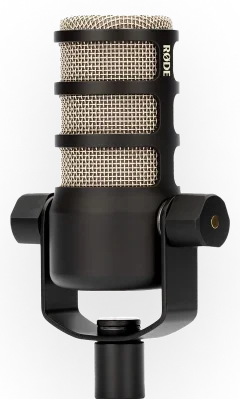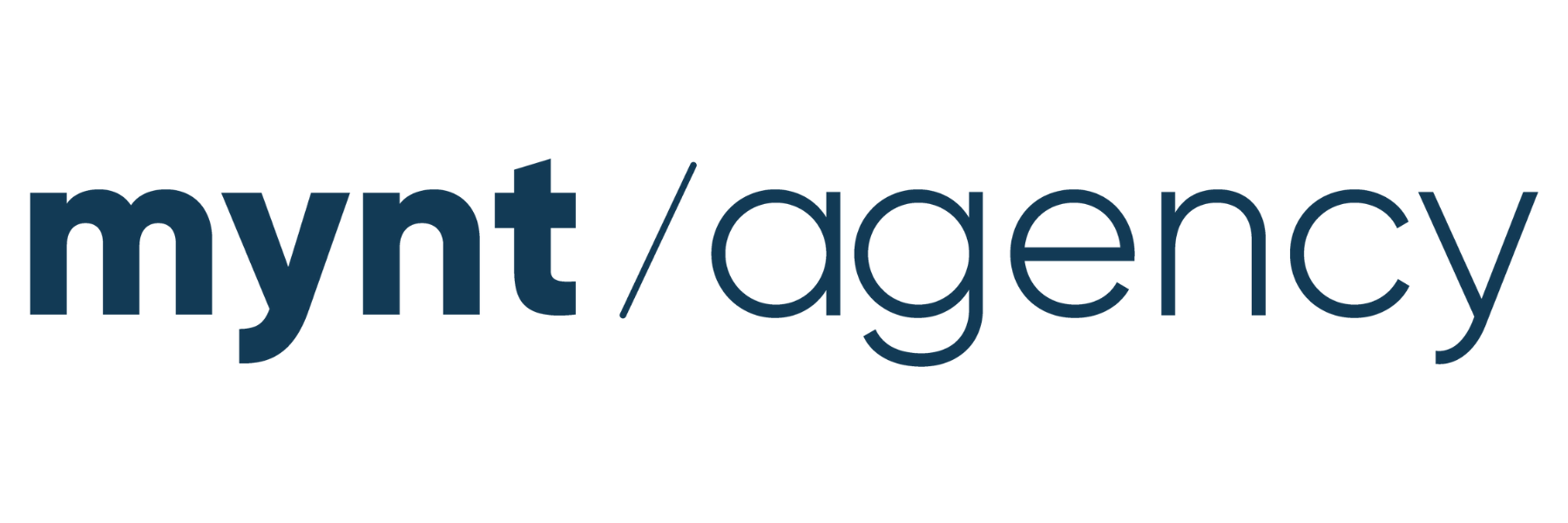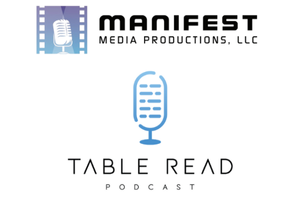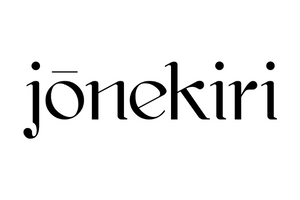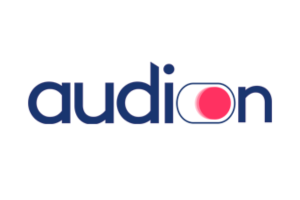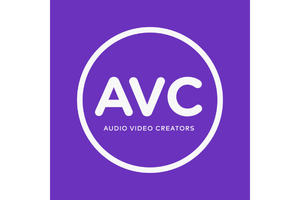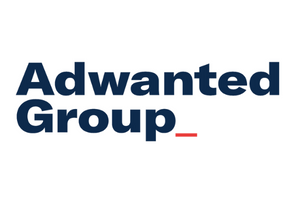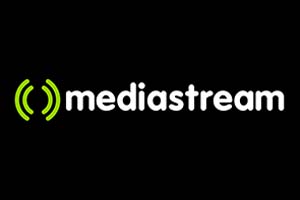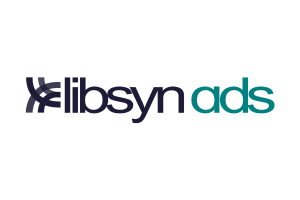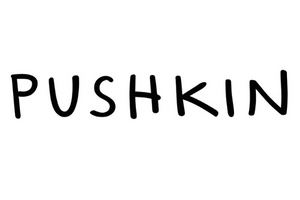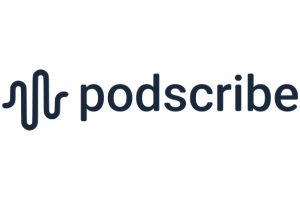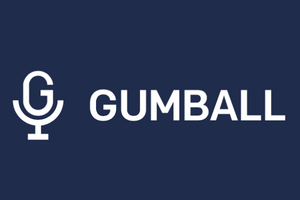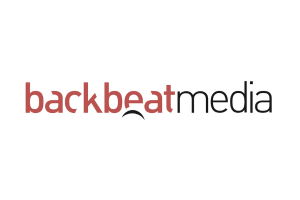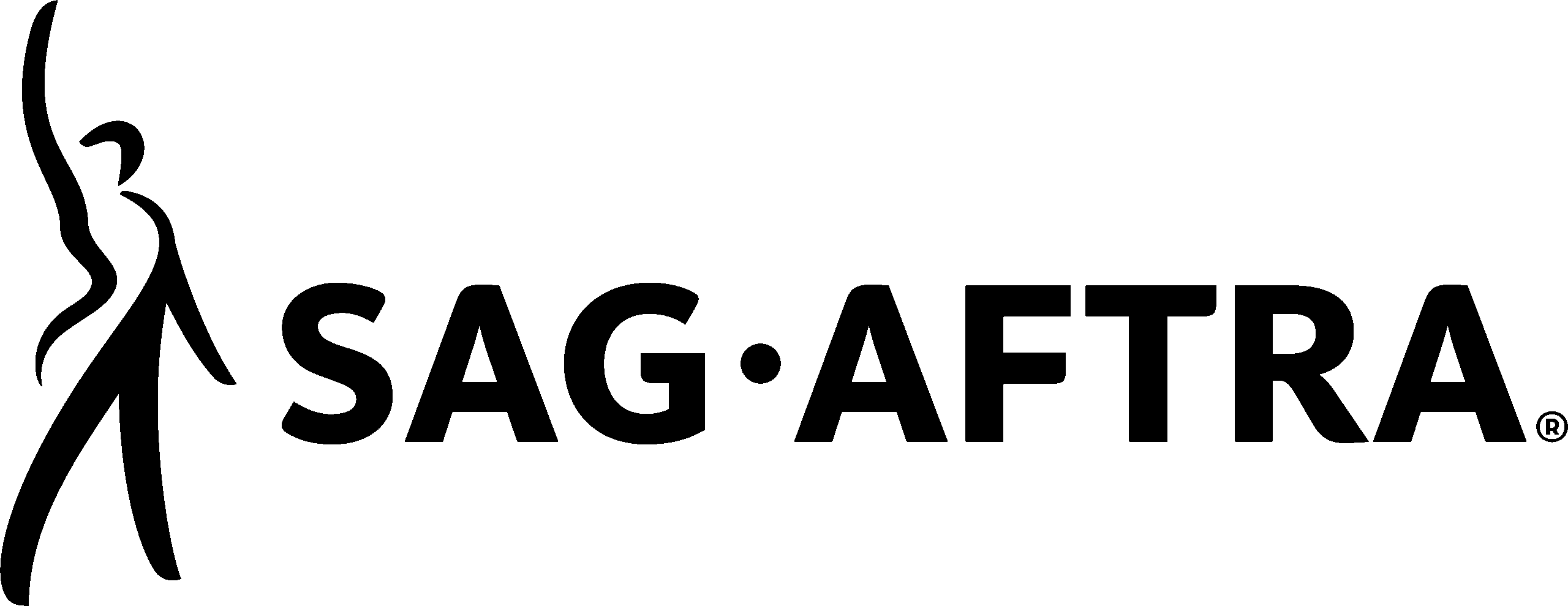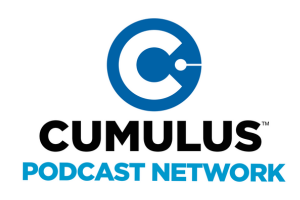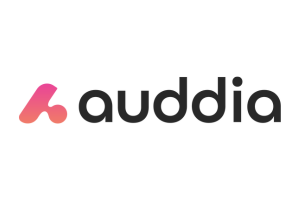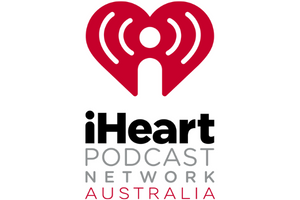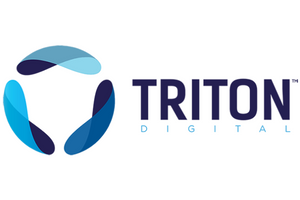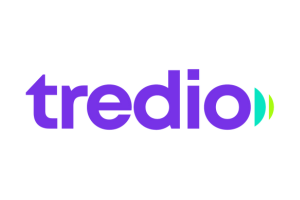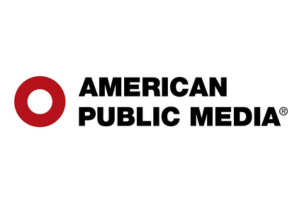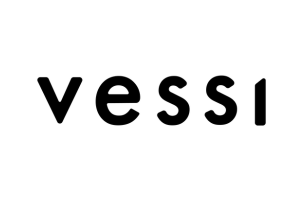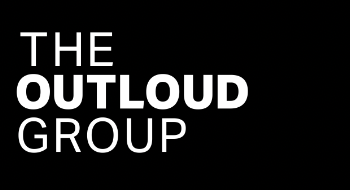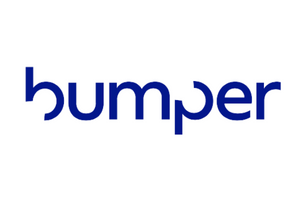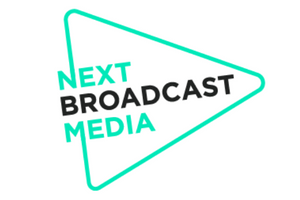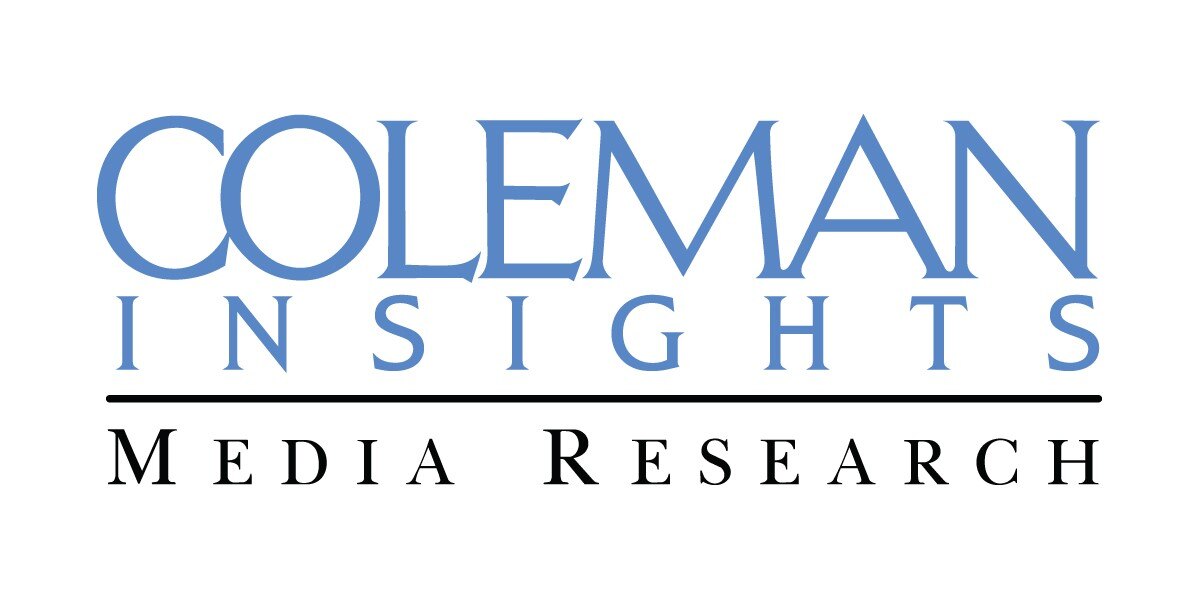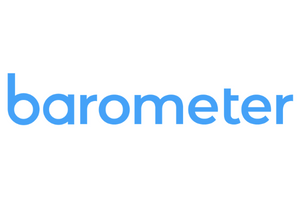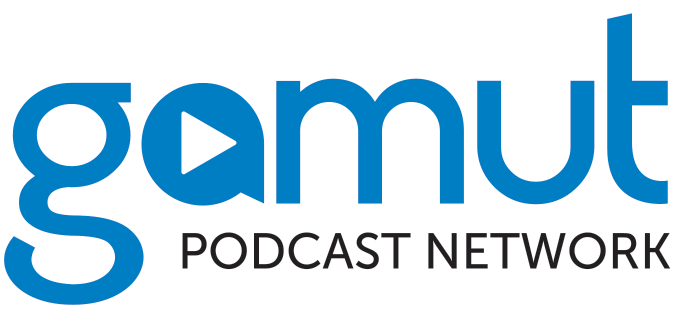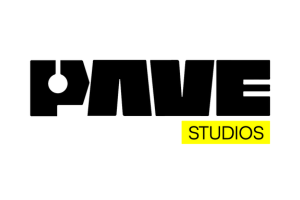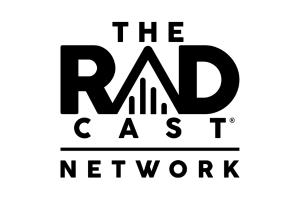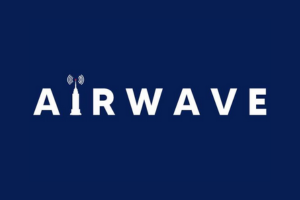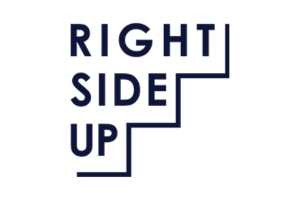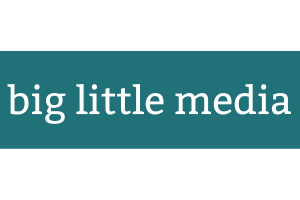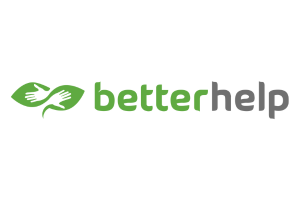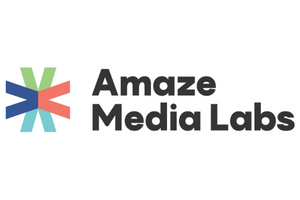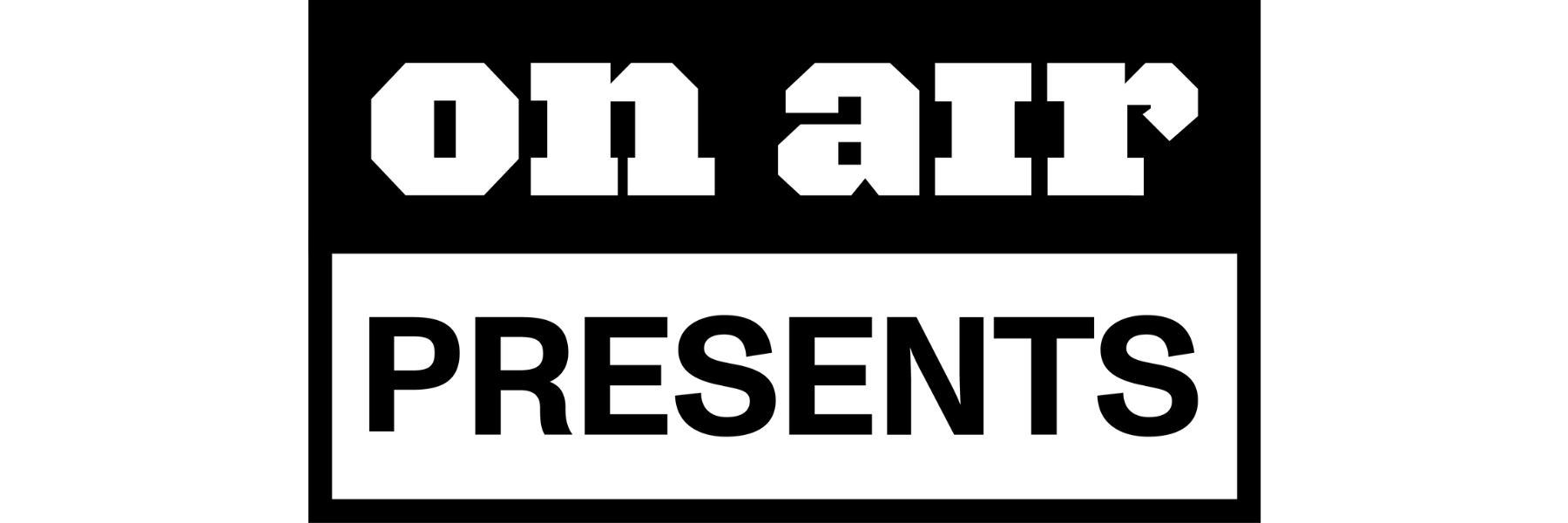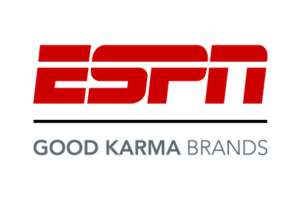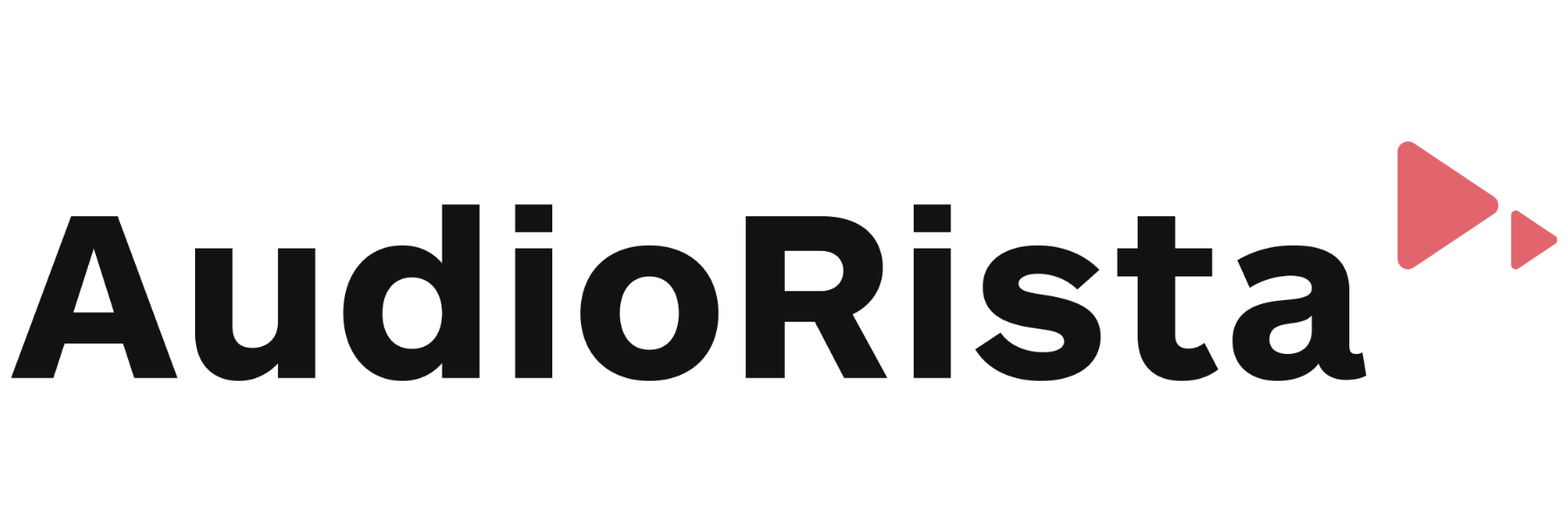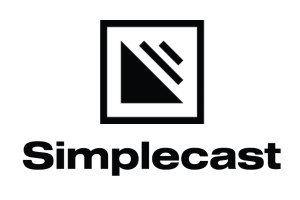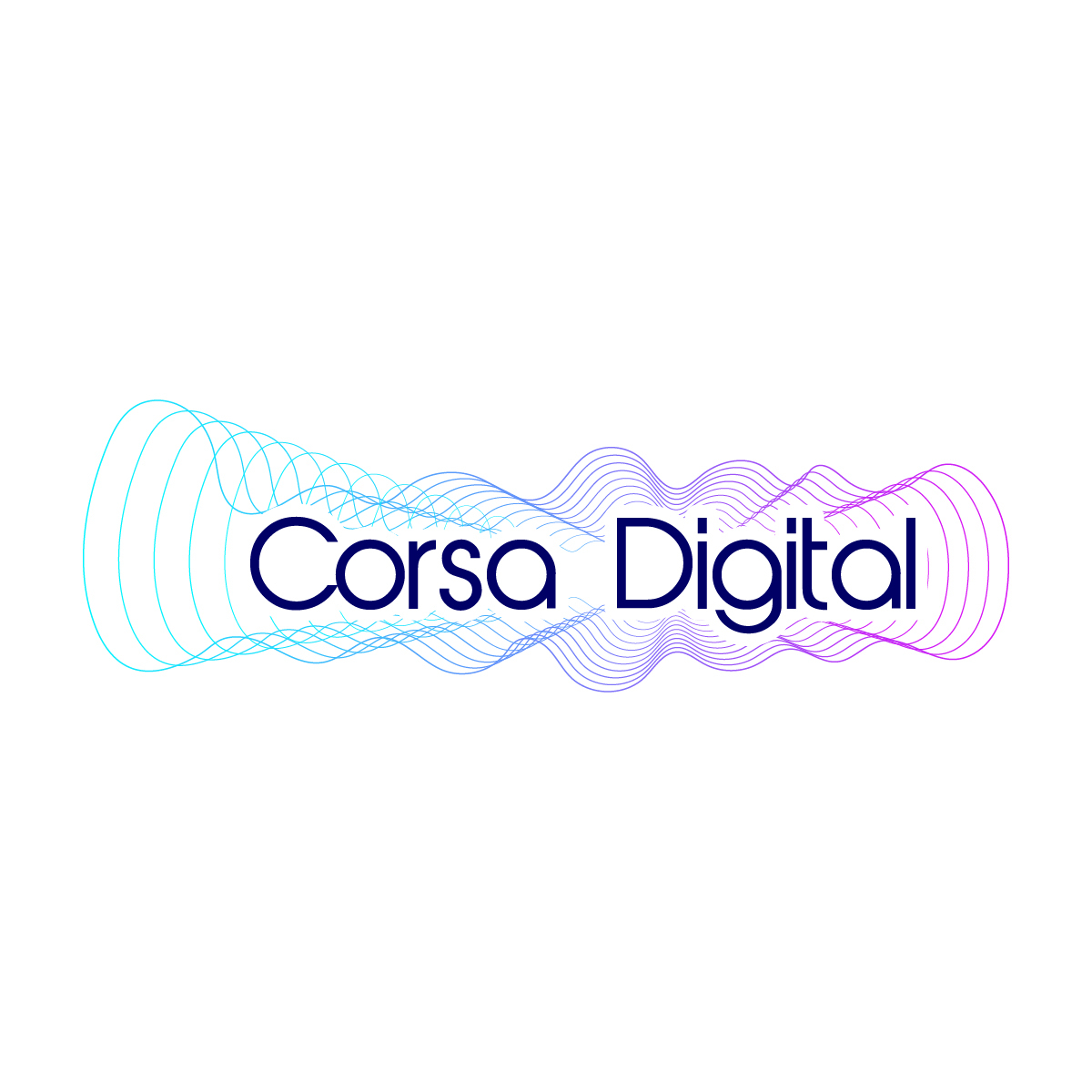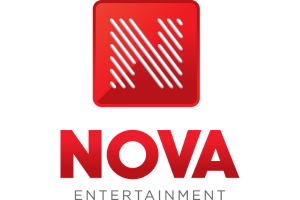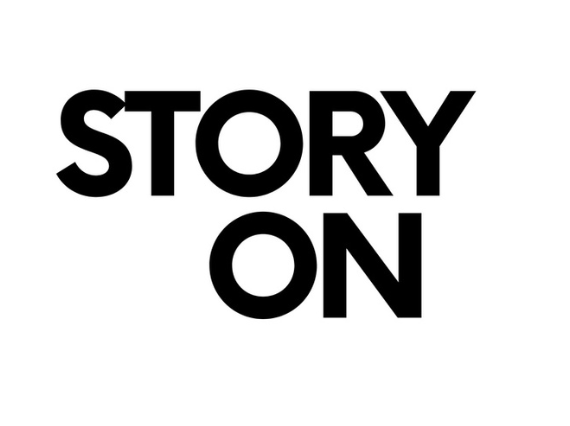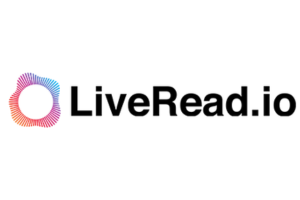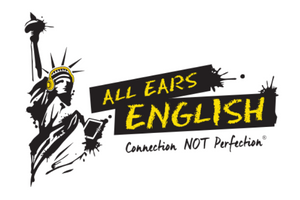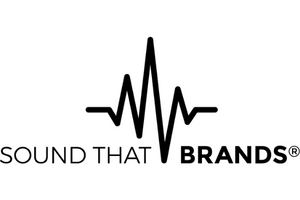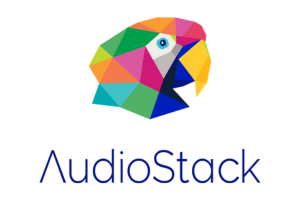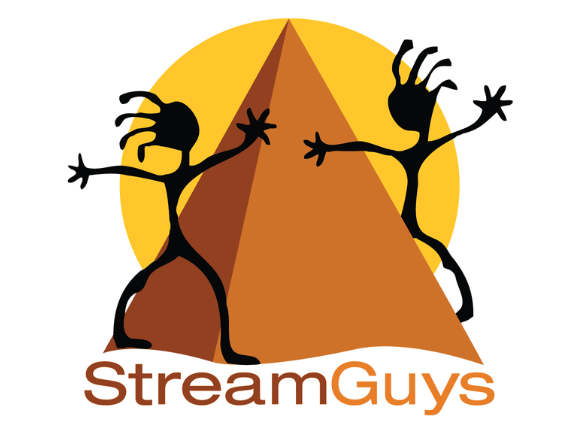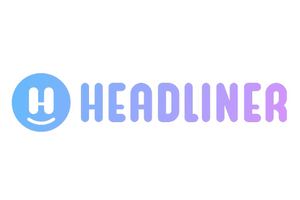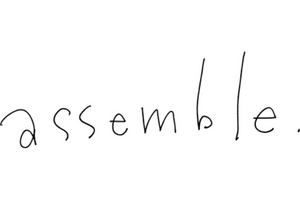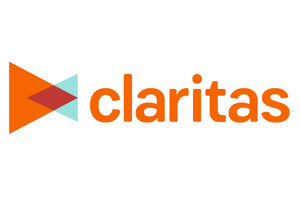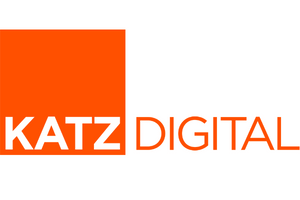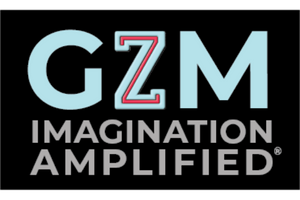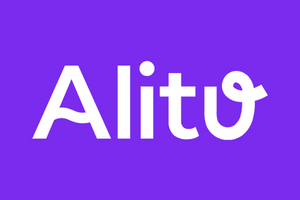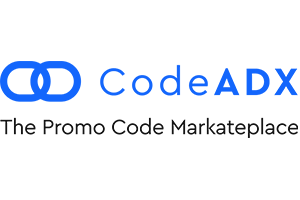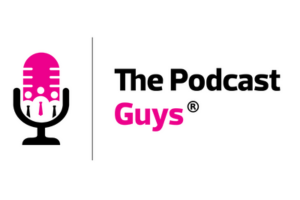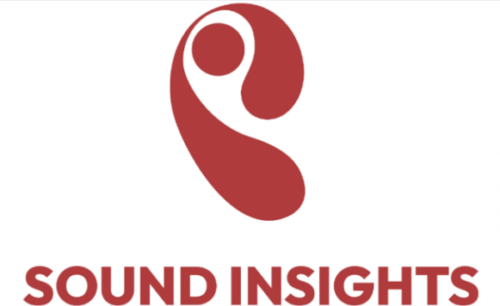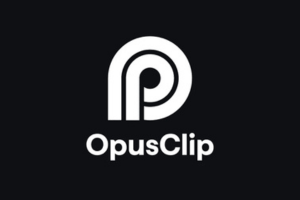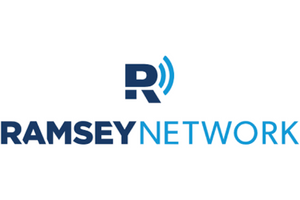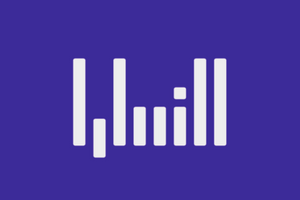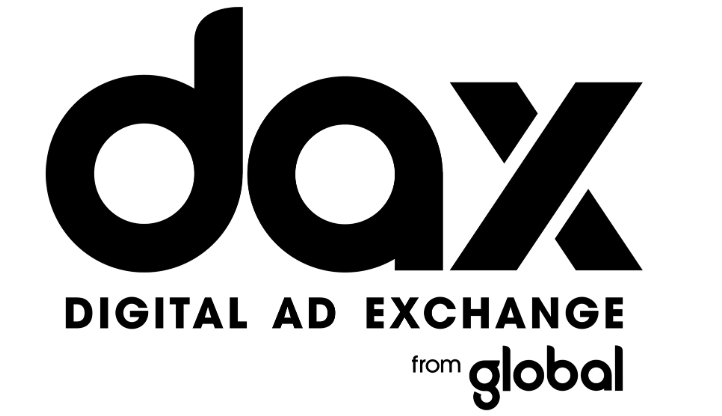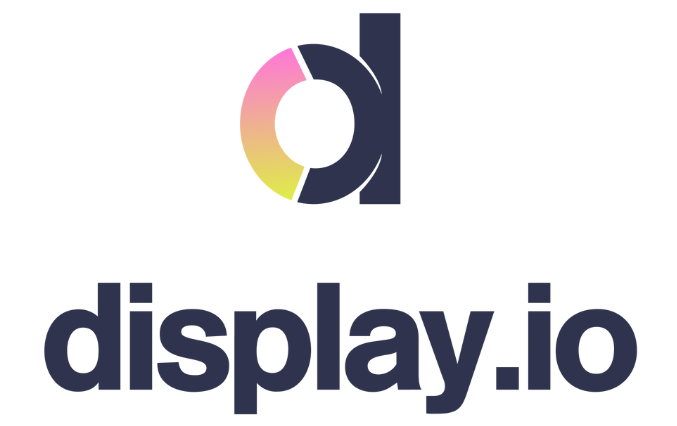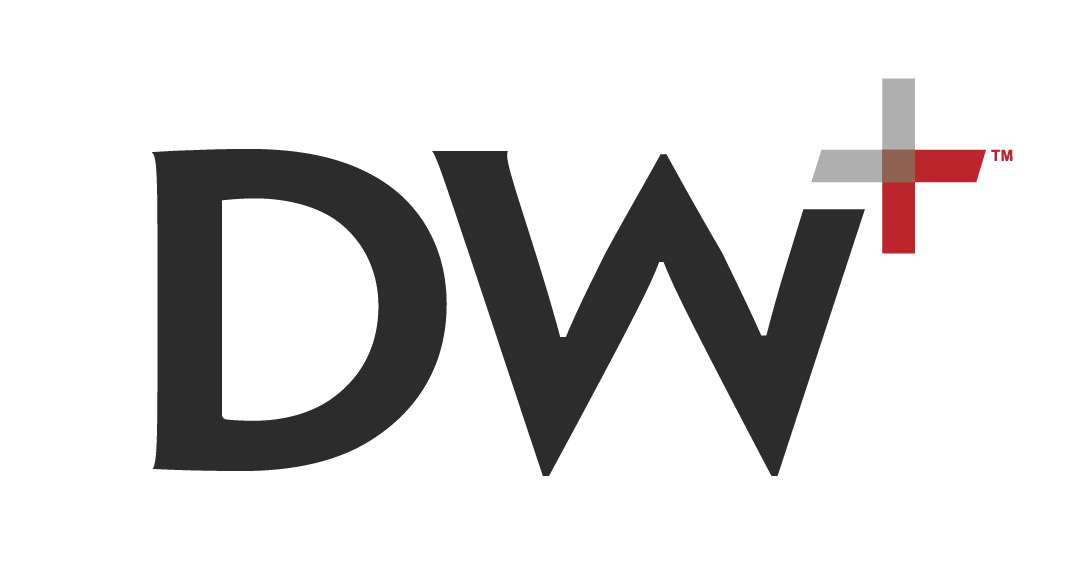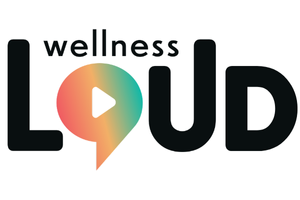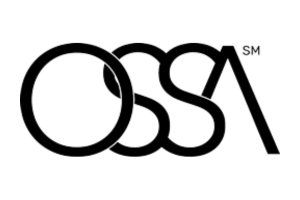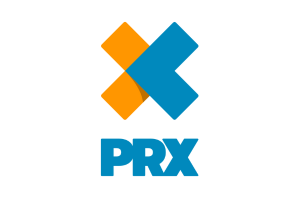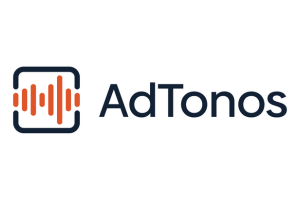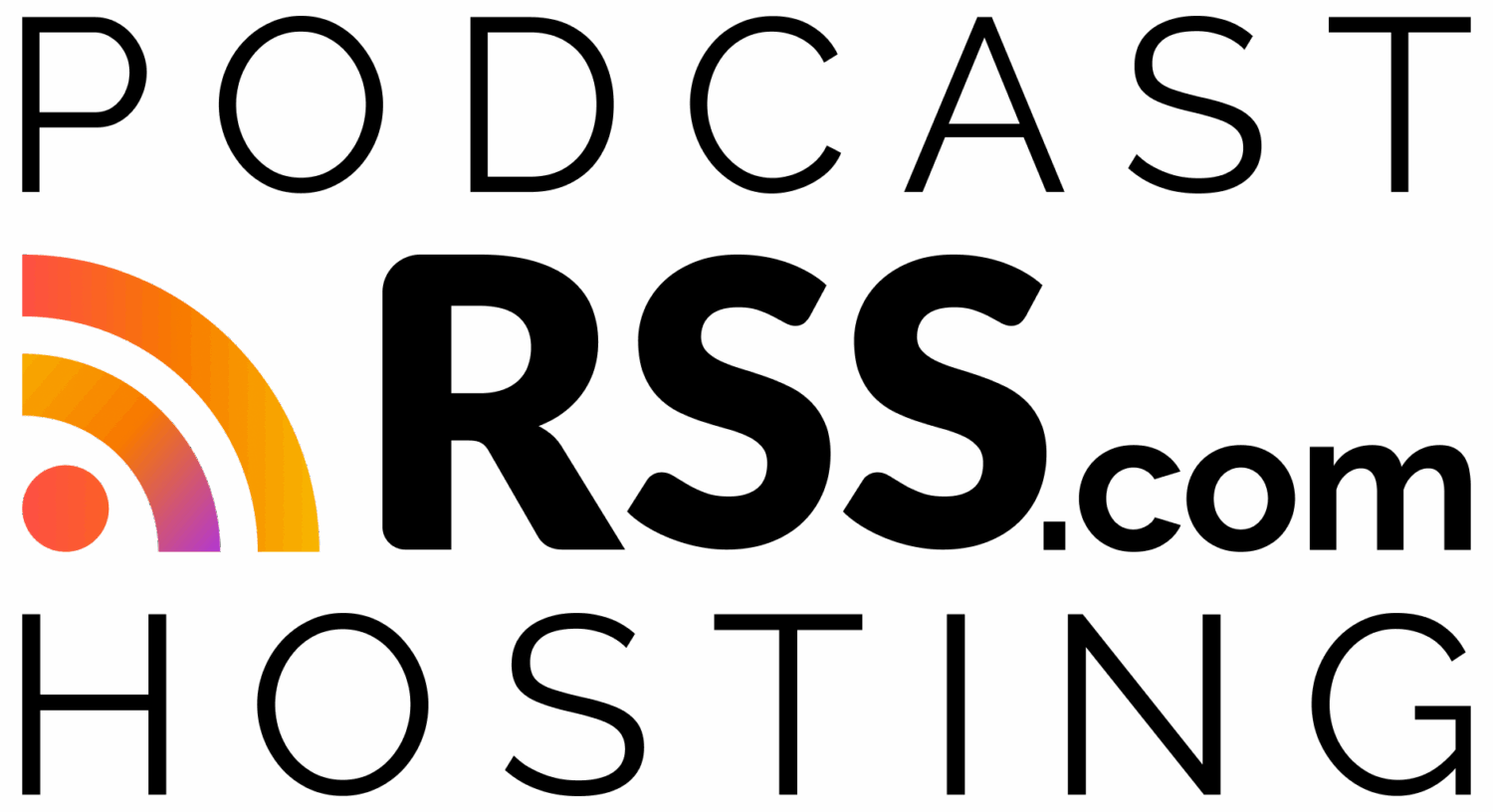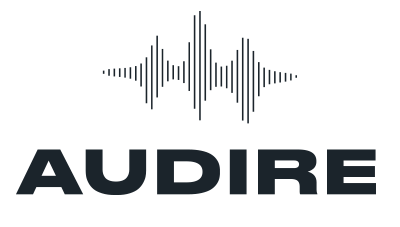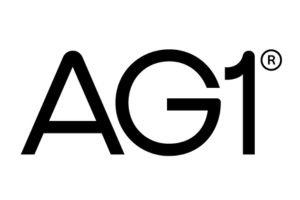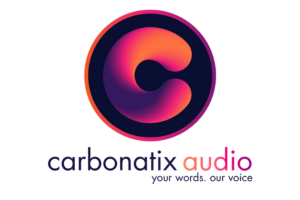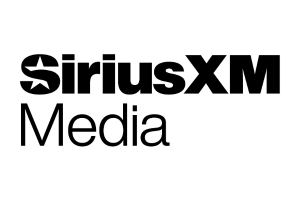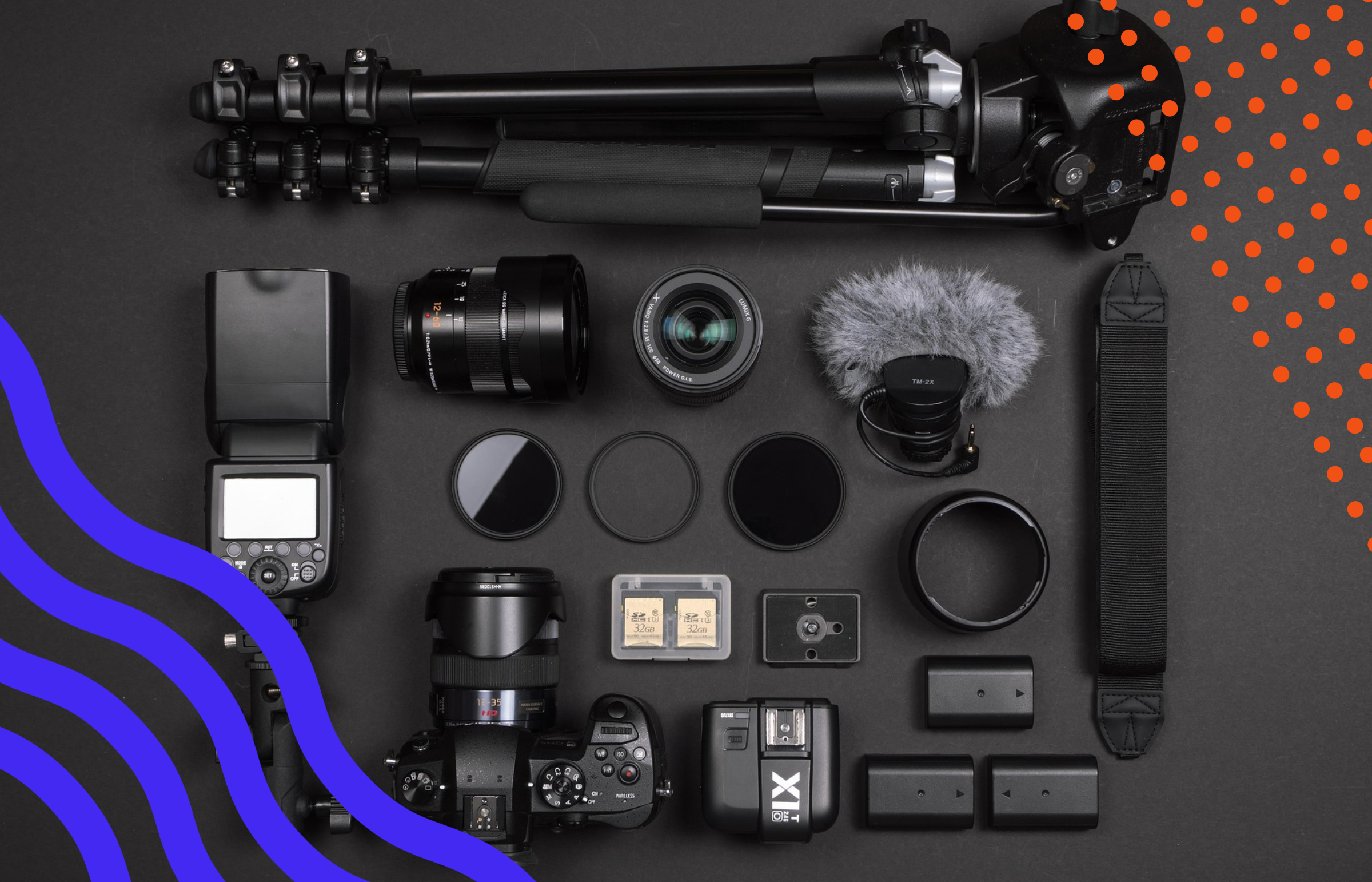With such a successful POSSIBLE event for podcast advertising, Sounds Profitable is continuing our international effort to get podcasting in front of global advertising leaders. To maximize our value to partners and the industry overall, we're focusing on bringing brands to Converge @ Cannes, an event that shares our goals of educating more people on the value of audio. If you're an advertiser or agency looking to keep the audio conversation going, sign up here. Sounds Profitable will have a private brunch, dinner, and VIP space at the event, get in touch
Podscribe just released their Podcast Performance Benchmarks report for Q2 2025, and there’s a data point in there that I can’t get out of my head:
“Pixel Attribution captures 7x more conversions than post purchase surveys. With a 33% survey response rate, pixel attribution finds an average of 2.3x as many conversions. And it reports 4.6x more conversions than promo codes.”
Two things immediately come to mind here, and they aren’t mutually exclusive: one, more campaigns should be using pixel attribution, and two, we need to get more ambitious about our data if we are ever going to give podcasting the credit it deserves in driving a transaction.
Here’s the thing, though: pixel-based attribution metrics are an important input, but relying solely on them is an “easy button” that hurts podcasts maybe more than any other medium. My wife, Tamsen, and I just bought a new mattress from Saatva (no, this article is not sponsored by Saatva). I am sure I had heard of Saatva before I heard them on a podcast. I also get retargeted Saatva ads all the time, along with ads from 5-6 other mattress companies, because I made the mistake of clicking on one in Facebook that one time. And there is a Saatva showroom near me on Newbury Street that I often walk by – for some brands, a retail store with a good address is just as much advertising as it is a point of sale.
In all, if you could slap a pixel on every interaction I had with Saatva, you’d probably have 7-8 channels. The problem is that they are all either weighted equally, or weighted heavily to whatever immediately preceded my purchase. But the most time I spent with the brand, and the interaction that sparked my interest to then Google them and do research, was with the ads for Saatva on Ologies with Alie Ward, a FANTASTIC podcast and a compelling environment for advertising to boot. But the pixel don’t care.
This isn’t a slam on pixels – we get data from pixel attribution that we can’t get in other ways. But how you parse that data, how each interaction is weighted, and (perhaps most importantly) the window of time that all of these interactions take place in all have to be considered to truly understand the impact of adding podcasting to a campaign.
There are several reasons why pixels alone don’t tell the full story for podcasting:
The Immediacy Bias Problem – Pixel attribution heavily favors the last touchpoint before conversion, typically search or direct traffic. Podcasting often works as upper-funnel awareness that influences someone to search for your brand days or weeks later, but gets zero credit in most attribution models.
The Trackability Fallacy – Just because something is harder to track doesn’t mean it’s less valuable. Pixel attribution creates a false hierarchy where easily trackable channels appear more effective simply because they’re more measurable. This leads to budget allocation based on measurement convenience rather than actual impact.
The Context and Engagement Disconnect – A podcast listener engaging with 60 minutes of content while exercising or commuting is in a completely different mental state than someone scrolling past a display ad. The depth of engagement and trust transfer isn’t captured in attribution models – they only see the binary “exposed/not exposed” rather than the quality of that exposure.
The Attribution Window Mismatch – Most attribution windows are 7-30 days, but podcast influence can work over much longer periods. Someone might hear about a product on a podcast, file it away mentally, and purchase months later during a relevant life event.
The problem isn’t the pixel. It’s how the pixel is interpreted, and changing that is tough when you are working for someone who wants to be shown results, and pixel metrics do show results. Digital marketing has developed what amounts to a measurement religion – the belief that if something can’t be tracked with pixels and measured in real-time dashboards, it either doesn’t work or doesn’t matter.
This orthodoxy emerged from the early 2000s when digital advertising was primarily banner ads and search results – direct response formats where immediate clicks made sense. The belief system crystallized around several core tenets: trackable attribution equals actual causation, shorter attribution windows are more “accurate,” last-click attribution reveals “true” performance, and what can’t be measured shouldn’t be invested in.
This became self-reinforcing through media agencies building their planning tools, reporting dashboards, and even compensation models around pixel-based attribution. Clients began expecting real-time performance data. Marketing teams structured their workflows around daily optimization based on trackable metrics. The entire ecosystem was architected around this measurement philosophy.
But like any orthodoxy, it created systematic blind spots. Channels that couldn’t conform to the framework – outdoor, podcasting, influencer marketing, PR – were either dismissed or undervalued. Long-term brand building was sacrificed for short-term performance metrics.
Still, we aren’t getting away from the dashboard mentality. We do need simple interfaces to tell what is working and what isn’t. But we need some better ingredients for that dashboard if we are ever going to make the point that a host-read :60 from a trusted host on a self-selected podcast is fundamentally different from a display ad on Facebook or a sponsored link at the top of a search result.
More specifically, here are some of the things that a proper dashboard should consider alongside pixel attribution data:
The Context Premium – A host-read podcast ad during a 90-minute true crime show that someone actively chose to follow is completely different from a programmatic display ad someone scrolled past. The listener is in a focused, engaged state, often during solo activities like commuting or exercising. They’ve developed a parasocial relationship with the host. When that trusted voice recommends something, it carries actual credibility.
The Self-Selection Factor – People don’t accidentally listen to podcasts – they seek out specific shows, subscribe, and actively engage. That intent and attention creates a mental state where messaging actually penetrates rather than just washing over someone.
The Memory Formation Problem – Current attribution assumes all exposures are equivalent, but neuroscience tells us that attention + trust + repetition create stronger memory formation. A podcast listener hearing your brand mentioned by a trusted host in an engaged state is neurologically different from seeing a banner ad while multitasking.
The challenge is translating “mental stickiness” into dashboard metrics. Maybe it’s something like engagement quality scores, host authority indices, or attention environment scores. But mostly, I think we just need to be more curious when we parse the performance of an advertising campaign.
If a purchase like a Saatva mattress is lacking upstream data, and only registers a search or display ad, we need to question that data. It’s a lot more likely that the window of a campaign was too short, or that a pixel was not used somewhere along the line, than it is to believe someone saw an ad for Saatva and just clicked their way to buying a $3,000 mattress because the picture looked good.
I write all of this because we just put out an amazing study last week (The Advertising Landscape Part Two: Trust and Attention) that shows podcasting has an enormous advantage in claiming mental share with consumers. We are starting to get real, credible data on things like the trust and credibility gap between podcasting and social media, and how that extends to the credibility of the ads that support them. We need to talk about that data, and continue to innovate with metrics that take the trust and engagement people have with podcast ads into account.
And now that you’ve given me 1300 words of your time and attention, believe me when I tell you I slept FANTASTIC last night on my new mattress, and sadly this newsletter will not get any credit.
New Partners
Sounds Profitable exists thanks to the continued support of our amazing partners. Monthly consulting, free tickets to our quarterly events, partner-only webinars, and access to our 1,800+ person slack channel are all benefits of partnering Sounds Profitable.
- Podstock centralizes analytics across all platforms (RSS audio, YouTube, social, etc.) and helps you build your business everywhere you have an audience.
Want to learn more about partnership? Hit reply or send us an email!


